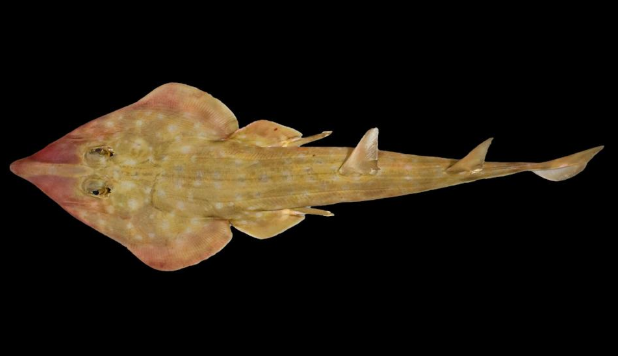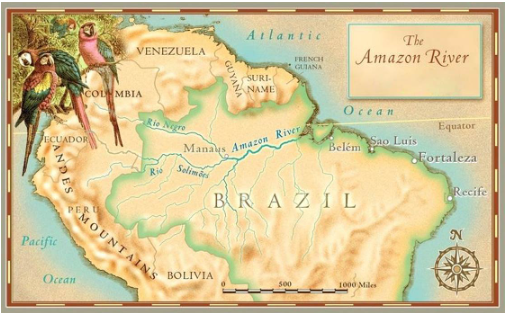The ocean holds many alluring unknowns. With humans only having explored around 5 percent of the world’s waters, the mysteries that the oceans hold have been of interest to explorers for many years. Recently, this age-old curiosity has driven a team of researchers organized by the nonprofit organization, Ocean Census, to explore deep within a remote bounty trough in New Zealand. Their expedition has paid off, as they have found a little over 100 species.
When asked about his thoughts on the mysteries of the ocean, SRA Junior, Andrew Rodriguez said “It’s pretty interesting. There are probably thousands of species still undiscovered.“
Although the information surrounding the findings is yet to be set in stone, statements like “this extends to animals like fish – we think we’ve got three new species of fish”, said by Marine Biologist Sadie Mills, and “[We] discovered a whole range of new species, from fish to snails, to corals and sea cucumbers” (Alex Rogers, co-leader of the expedition) help form an estimation of the types of species identified. The team hypothesizes that among their discoveries are three new species of fish, a new species of shrimp, and a new species of coral, among other things.
Over the twenty-one days that the expedition lasted, the deepest point the team reached was 4800 meters under the ocean. Hidden in these obscure depths of the trough, the researchers found many interesting specimens, the crew collected a grand total of 1700 samples. Among these was a new species of eelpout (a ray-finned fish family) which has such a unique appearance that one of the crewmembers remarked that it was instantly recognizable as being different from other species.

Another find that the research team has taken special note of is a bizarre one that confused them on first observation (pictured below). Initially, experts believed this creature could be a kind of sea star or sea anemone, but now popular opinion has shifted. As of this article’s writing, most experts believe the mysterious creature to be either a type of octocoral, being soft corals with polyps that each have eight tentacles or a whole new type of species. The possibility that a whole new type of species was found due to this expedition shows just how important this kind of research is.

When asked if he thought this kind of exploration is useful, an anonymous SRA student said “I think so, because by discovering new species we are understanding more about the world around us.”





































